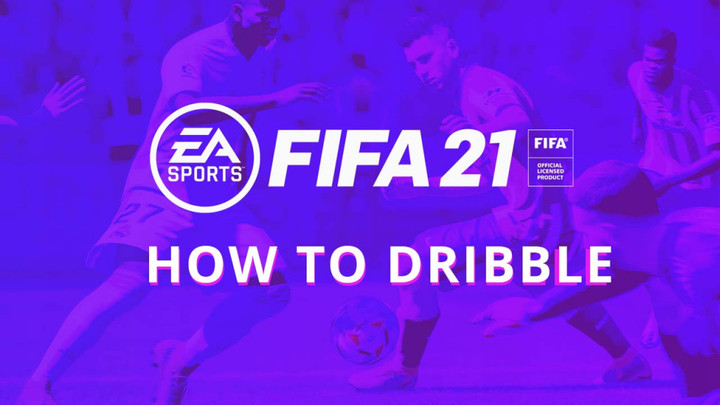In FIFA 21, the difference between player skill levels can be boiled down to many different factors. However, dribbling is one of the most important ones, and although it’s easy to learn, it can be hard to master.
In its simplest form, dribbling with the left analog stick is mostly dependent on timing and decision making. There isn’t much more to it other than moving to the right place, and at the right time. Combined with a good variation of passing and through balls, it’s the bread and butter of the game, and it can be instrumental.
However, it would be unwise not to use some or all of the many other dribbling controls available in FIFA 21, especially the newest ones. If you add things like agile dribbling, skill moves, slow dribbling, and strafe dribbling to a solid foundation of basic movements, you’ll blitz through opponents in no time.
Here’s a list of all the controls from the movement section that can be used to mix up your dribbling.
| Action | Playstation | Xbox |
| Move Player | L + Direction | L + Direction |
| Sprint/td> | Hold R2 | Hold RT |
| Shield/Jockey | Hold L2 | Hold LT |
| First-Touch/Knock-On | R2 + R + Direction | RT + R + Direction |
| Stop and Face Goal | Release L + Press L1 | Release L + Press LB |
| Strafe Dribble | L1 + L + Direction | LB + L + Direction |
| Strafe Dribble (Lock Face Angle) | L1 + R1 + L + Direction | LB + RB + L + Direction |
| Agile Dribble | R1 + L + Direction | RB + L + Direction |
| Skill Moves | R | R |
| Stop Ball | Release L + Press R2 | Release L + Press RT |
| Jostle | L2 | LT |
| Slow Dribble | L2 + R2 | LT + RT |
Like all things in life, the basic ones are often the most effective. For example, sprinting is as simple as pressing a single button, but it’s particularly useful because it allows you to regulate your speed.
However, be warned, the most crucial tip one can give to a newcomer is not to hold sprint all the time. It can be tempting to do, especially when you’re pitted against a team filled with fast players, but sprinting can severely limit your movement. What’s more, a skilled opponent will only have to make a quick turn or alteration of their pace to get past your player effortlessly.
It’s much better to use sprint sparingly, particularly because players can fatigue like in real life. For example, you could sprint towards open space and stop the ball the moment an opponent is scrambling to cover it. From there, you can use some of the other dribbling controls to navigate around them, like an agile dribble to zig-zag through a horde of defenders.
If they manage to get you pinned, you can shield the ball and wait for a teammate to make a run. If you want, you make the pass, or you can get a little cheeky and perform some stepovers, and take off again and continue your run. This is one of many scenarios that can happen in a game, but it’s a great way to understand how versatile and powerful dribbling can be when done correctly.
More often than not, a simple but effective combination of some of the most basic movements will suffice. Something that will allow you to mix up the pace of your dribbling and keep your opponent guessing. But once you’ve mastered some of the more advanced skill moves and dribbling mechanics, you’ll be able to add some flair to your game.
Perhaps the most useful skill move to use when dribbling is the fake shot. It might be the oldest trick in the book, but it packs a punch. Nothing can trick an opponent as well as a well-timed fake shot. But the best part is, it will also allow you to make a quick turn into open space, where you can then tee up a shot.
All in all, there is no definitive way to dribble. Some things work better than others in different scenarios, and in the hands of different players. But a good thing to remember is that the pitch is your oyster. With enough time and practice, you’ll eventually be able to do all kinds of different combinations and develop a dribbling style that defines your brand of football.

 No ads, our video library,
No ads, our video library,

